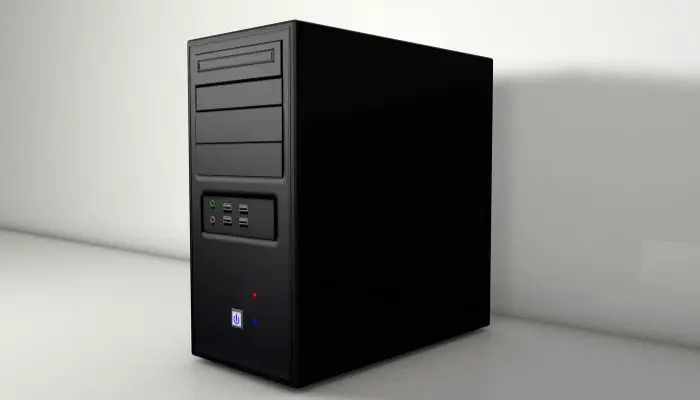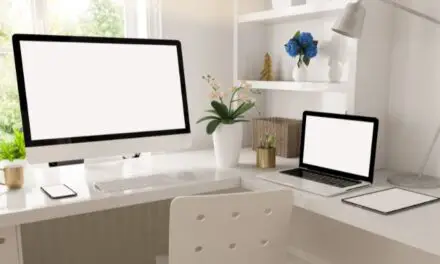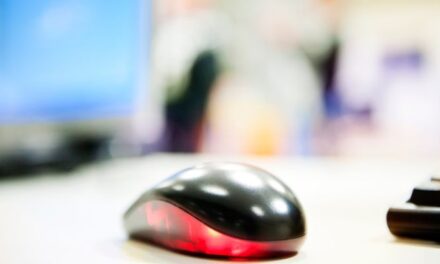If you were to ask most people where they place their PC towers, most would answer that they place them on the floor, unless they have a desk with a cubby hole specifically designed for holding a tower. Oftentimes, it’s the only place that makes sense, especially if you keep clean floors.
Older computers used to have their vents in the back or some on the side. Nowadays, modern PC cases will often have their vents on the bottom, as well as in the back or on the side.
Now it becomes a matter of whether or not your floor is hardwood/tile or carpet.
Can I Leave My PC On the Floor?

If you have a carpeted floor, it’s not a very good idea to leave your PC on it, especially if you check and discover that there are ventilation ports on the bottom. You can leave your PC on a hardwood or tile floor but there are drawbacks to that as well.
Carpet, especially long, thick carpet, is more than enough to completely clog the power supply fan and the ventilation ports on the bottom of the tower.
If you have no other space for your PC other than on a carpeted floor, at least lift it up onto a monitor stand, milk crate or something that provides a flat level surface beneath the computer. If you don’t mind spending a small few quid, many find that a rolling PC stand does the job really well.
If there is one thing that will kill your PC faster than anything else, it’s overheating. The only quicker method for destroying it would be to drop it off the roof of a skyscraper.
Depending on the airflow, it may be directed out of the bottom or through the bottom. Either way, inhibiting that airflow is dangerous for your PC. It doesn’t help that PC towers often have very short feet, so there is virtually no separation from the floor.
Another drawback to putting your PC on the floor is that it’s much more likely to have something knocked over on your desk and poured over it. If you like to eat and drink at your desk and your PC is sitting just below that space, you might be better off trying to get it up off the floor.
What About Hardwood and Tile Flooring?
There are problems with this too, although it’s generally safer to place your PC on a hardwood or tile floor than it is on a rug or carpet. Hardwood and tile floors tend to capture a lot more dust and debris than elevated shelves.
That includes hair (which is lovely when it gets up in the fan blades), dirt, dog hair, dust, and whatever else ends up on your floor. If you have kids, you’ve seen the insanity that results from sweeping up the living room or the den.
Related Article: Are Gaming PCs Expensive To Run? (And How To Cut Costs)
Inevitably, some of that stuff is going to end up in your PC if it sits on the floor. You want to avoid that like the plague. If you keep clean floors and sweep or mop regularly, a hard floor is probably just fine for your PC.
If your PC is liquid-cooled, you don’t have to worry about dust and debris (and especially hair) as you do with an air-cooled system. However, you still don’t want that stuff in your PC tower if there’s any way you can help it.
Bottom Line
If you keep a pretty clean hardwood or tile floor, there’s probably not much reason to worry about keeping your PC on the floor. Of course, if you have kids, dogs, or cats, there are other reasons to worry, especially if your PC is exposed adjacent to a high foot-traffic area.
With carpeted flooring, you should keep an air-cooled PC elevated, whether it’s on your desk or on some sort of elevated shelf, you should keep it off the carpet for ventilation reasons only.



